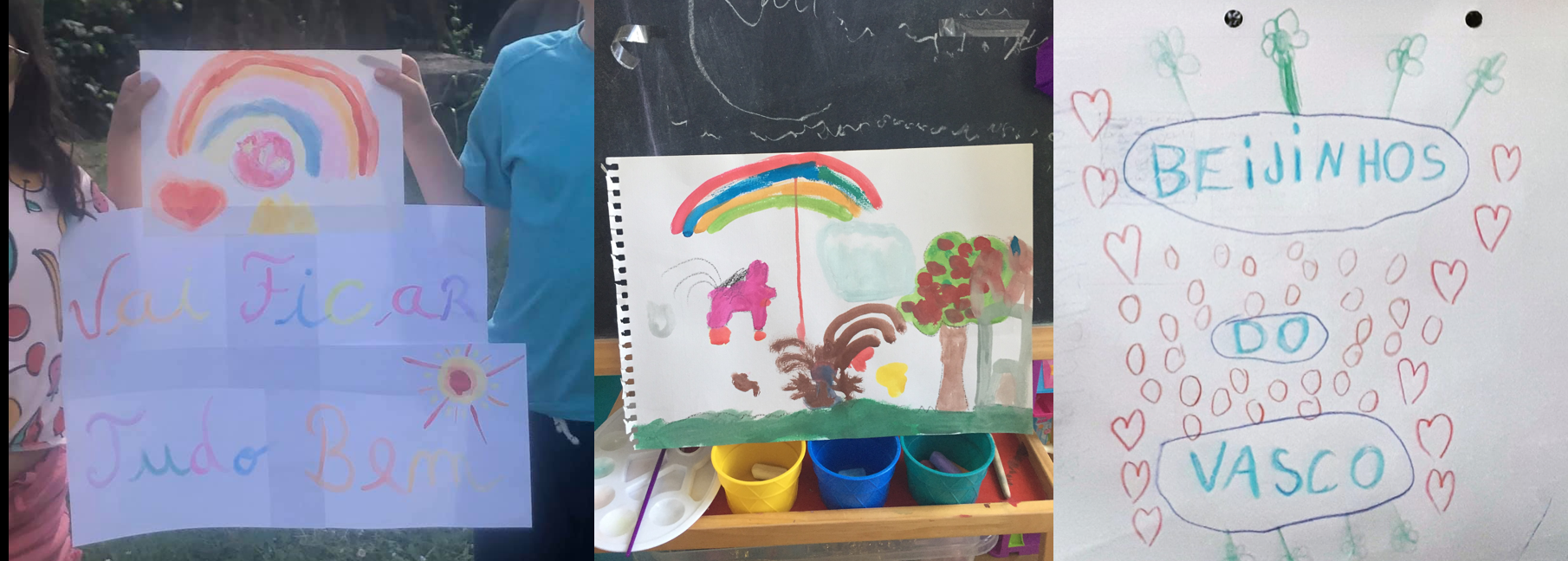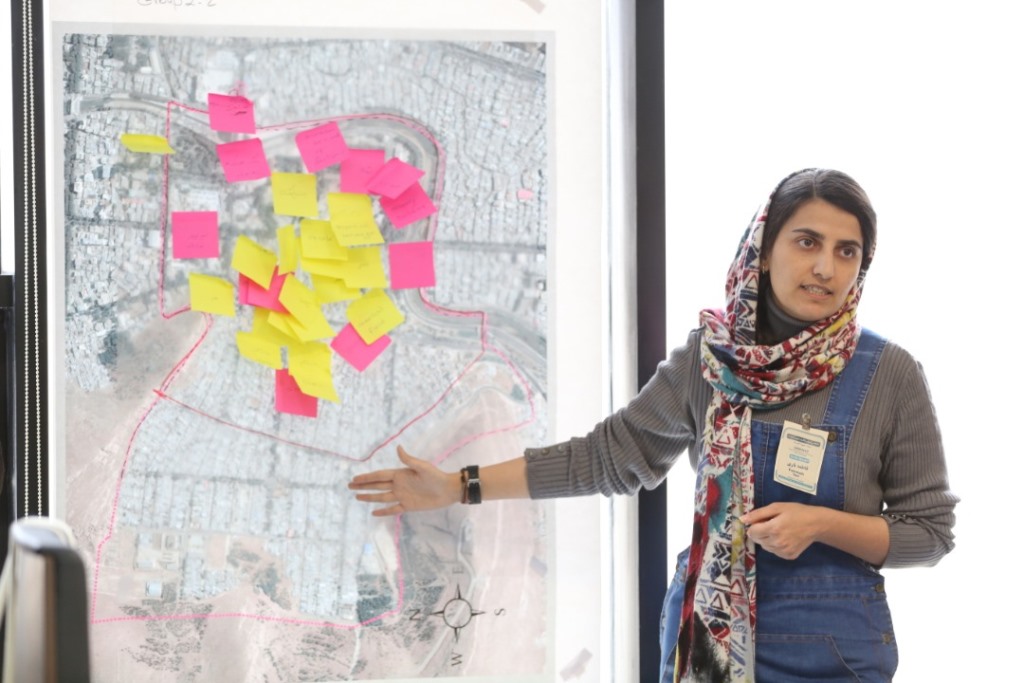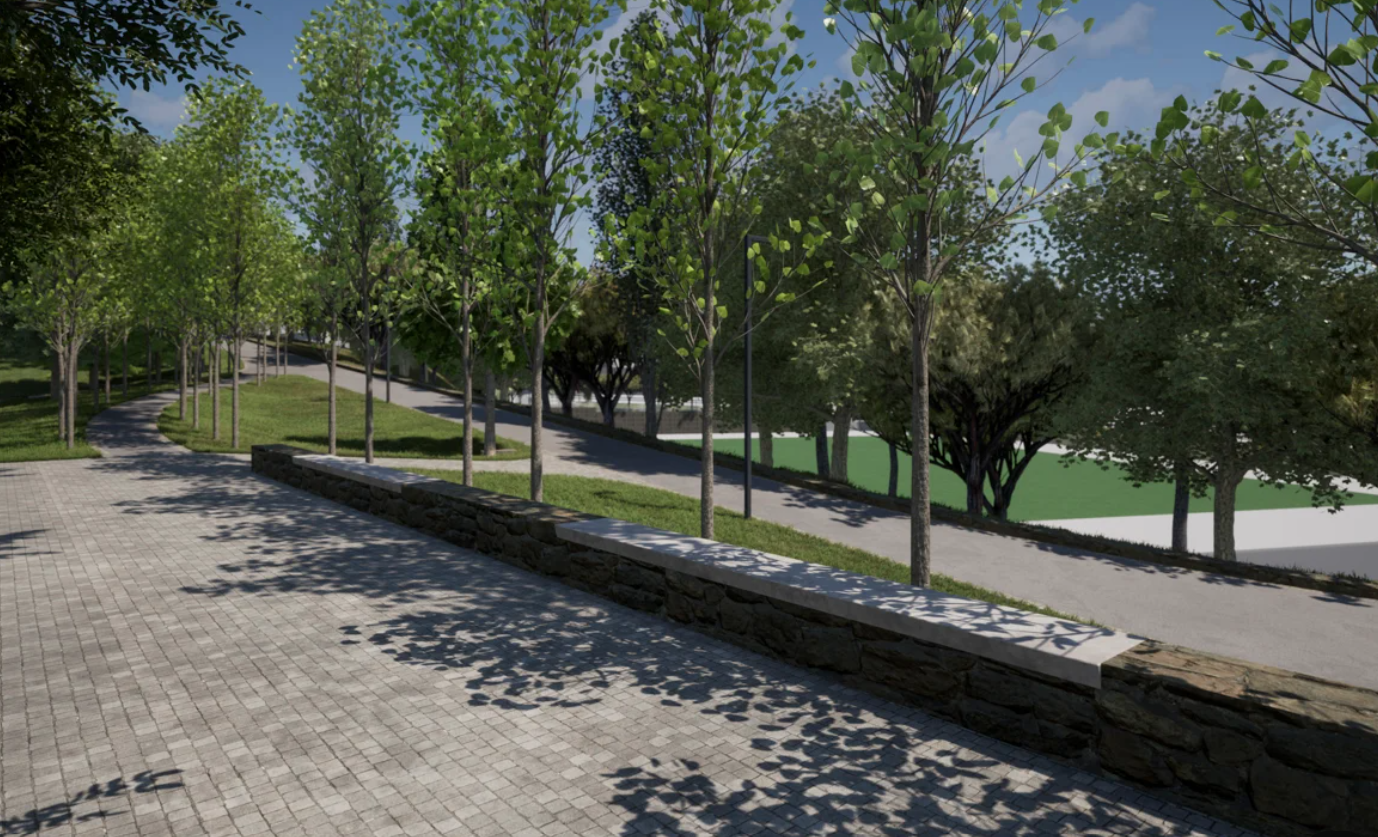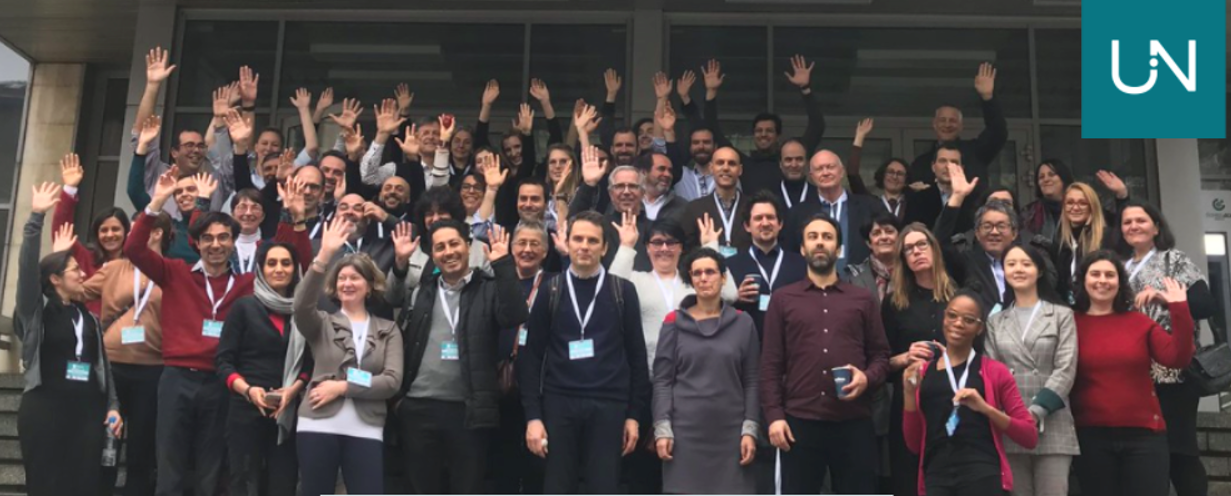Centro de Estudos Sociais – CES, April 2020. The urban scenario has changed dramatically worldwide. Within the space of a few days, following public health-related state-of-emergency announcements, our public spaces have emptied, stripped of their social and community dimensions. Streets have cleared, citizens and cars are nowhere to be seen. Access to the public spaces we normally go to to socialise is now controlled by the police. In many countries public meetings are now banned and we are only allowed out to shop or for minimal physical exercise. This scenario of emptiness is transversal to all urban areas, with tighter controls in the city centers although the same rules of confinement apply in the peripheries. On the one hand, there is a conjunctural erosion of the right to the city. On the other public spaces, emptied of people, and with cleaner air, improved water quality, and reduced noise pollution, are springing to life in other ways. Unconstrained, natural urban environments are thriving.
Meanwhile, citizens are confined to their houses and apartments, sometimes to their rooms if they have tested positive to the virus. Families are finding out what it is like to live together 24 hours a day. The living room, the kitchen, the bedroom or the toilet have become territory of activity. All social interactions with the outside world now happens out of windows, from balcony to balcony, and across terraces. With such strict limitations to our physical activity and movement, social media platforms are the best substitute we have for the physical public spaces we normally occupy; virtual spaces where we can continue to meet and interact socially, as communities or as families. Citizens are working, studying, playing, travelling and communicating via their computers, tablets and smartphones. This scenario can offer a certain quality of life for some groups, but it is also expanding existing inequalities, or creating new ones for those who don’t have access to digital platforms or to decent housing.
The URBiNAT project also has to adjust to the limitations and challenges of this new urban scenario. We face new challenges in our mission to develop NBS-inspired Healthy Corridors using a process of active co-creation with the citizens of social housing neighbourhoods of several European cities. Today, these challenges are highlighting the inequalities of territories and communities:
- public space is environmentally healthier but without citizens;
- public space is lacking of opportunities and benefits to the social and mental health of citizens, to their complete state of well-being;
- access to public health services,
- public space of these neighbourhoods is not infrastructured with digital networks;
- many citizens have limited access to the virtual public space;
- not all homes are prepared for e-work;
- some citizens have to continue to work in their normal place of work with limited access to public transport and fear of being infected, or others lost their job;
- the cost of daily confinement puts more pressure on low income households;
- numerous children and youth are vulnerable to the lack of access to leisure and educational programmes and facilities;
- people with functional diversity, as well as older adults, the group at higher risk, are even more isolated;
- voiceless and invisible groups and individuals are even more excluded or subject to any kind of violence, such as gender-based violence, ageism, adultism or racism.
So tomorrow, after the pandemic crisis has passed, what lessons will we be able to draw from all this? Will we need to adjust certain aspects of our mission to build together sustainable cities and communities, while leaving no one behind? We will meet citizens both in a more fragile situation and with agendas focused on recovery and finding their alternatives to the crisis. Will citizens be open to URBiNAT’s co-creation activities? Will citizens be interested in building together and with us a healthier public space? Will the assets, ambitions and needs already identified still be valid? Will the ideas already co-designed be relevant? Will the Healthy Corridor be an opportunity for an inclusive public space?
And today, we are asking ourselves what the contributions of the URBiNAT consortium should be to ensure that no one is left behind. What are the resources that we can use and how can the consortium contribute to cope with the current scenario? How to join efforts with partners, stakeholders and citizens engaged locally to face the existing and increased challenges, as well as the ones which emerged with the health crisis in a context with so many limitations? How can we take the most of what we have already advanced together? In terms of action and advocacy, what can we continue advancing together?





